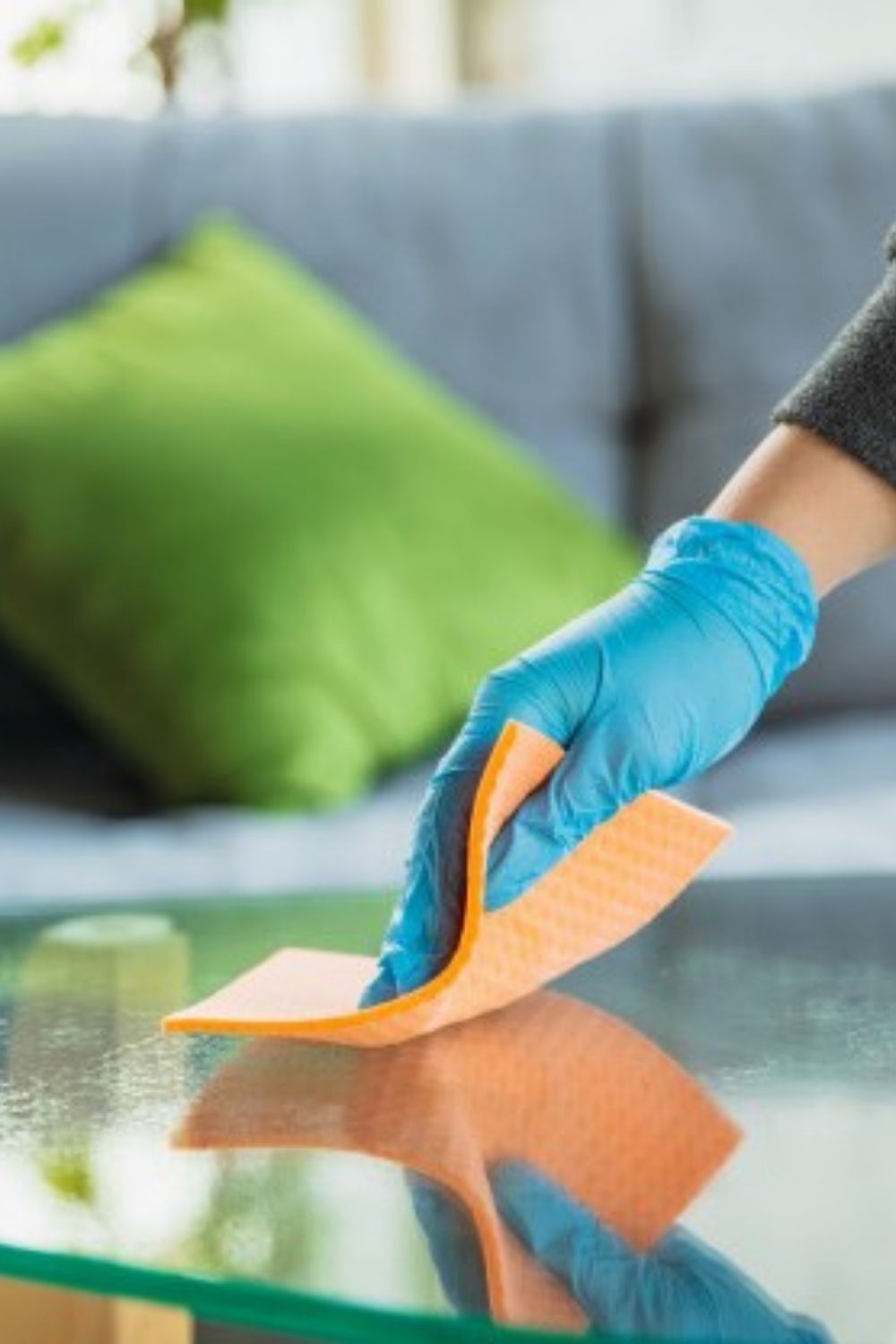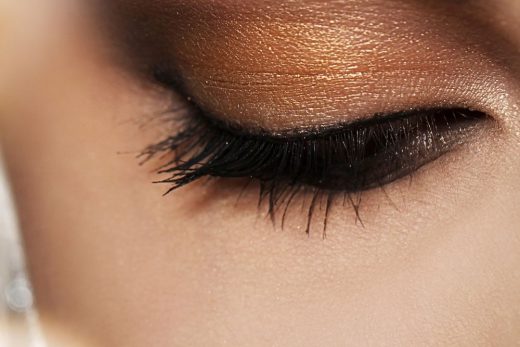What You’ll Need
Equipment / Tools
Walls
- Soft white cloth
- Melamine sponge (Magic Eraser)
- Small bowls
- Art gum eraser
- Touch-up paint
Floors
- Microfiber cloth
- Tennis ball
- Art gum or school eraser
Materials
Walls
- Water
- Dishwashing liquid
- Baking soda
Floors
- Baking soda
- Acetone nail polish remover
- WD-40
Instructions
Walls can be painted, wallpapered, or tiled. These techniques will work best on painted surfaces (with a wallpaper tip thrown in). For unpainted wood and tiled walls, follow the tips for scuff marks on floors.
- Begin Gently With Cloth and Water
Many fresh scuff marks can be removed by simply rubbing the mark with a slightly damp soft, white cloth. It’s always best to give it a try to avoid damaging paint. After dipping the cloth in water, apply a bit of pressure and, if the mark is removed, buff the area with a dry white cloth. - Treat With Dishwashing Liquid
If the mark didn’t budge, move to the next step. Mix a solution of one-half teaspoon of dishwashing liquid and two cups of warm water. Use the same soft cloth and scrub the mark again. If it is almost gone, but still visible, sprinkle a bit of baking soda on your cloth and scrub again. When the mark is gone, wipe the spot with a damp cloth dipped in plain water and buff dry. - Use a Melamine Sponge
The last thing to try is a melamine cleaning sponge (like Mr. Clean Magic Eraser). Dampen it and squeeze out the water. Scrub the mark with gentle, steady pressure. Don’t be overzealous or you’ll lose some paint. Finish by wiping down the area with a damp cloth.
Sometimes nothing works or too much scrubbing leads to paint loss. When either of those things happens, you may be able to touch up the paint.- If you have some leftover paint, mix it thoroughly before you start to work. Pour a small amount into a disposable plastic dish or cup. If the paint is latex, dilute it with plain water, two parts paint to one part water. Use a commercial paint reducer for oil-based paints.
- Dip just the tips of a paintbrush into the paint and wipe any excess onto a paper towel. Stipple (small dots) the paint onto the damaged area in a thin, even coat. Let the paint dry completely.
- Scuff Marks on Wallpaper
Most wallpaper does not stand up well to cleaning with water, and a heavy hand with the melamine sponge will leave you with holes or no color. Use an art gum eraser instead to remove scuff marks. For really tough marks, try using the liquid detergent and water mixture for walls but test it first in an inconspicuous place to make sure it doesn’t harm or watermark the paper.





